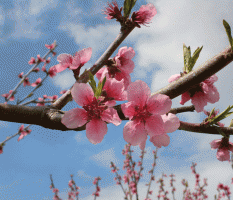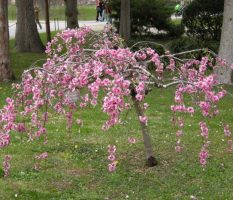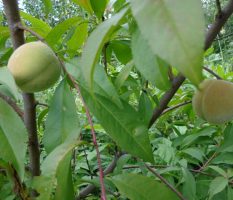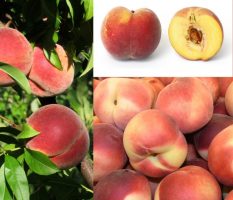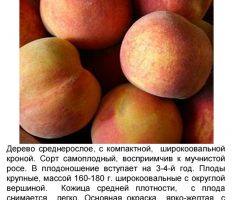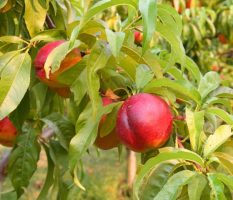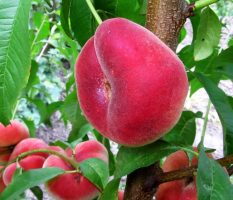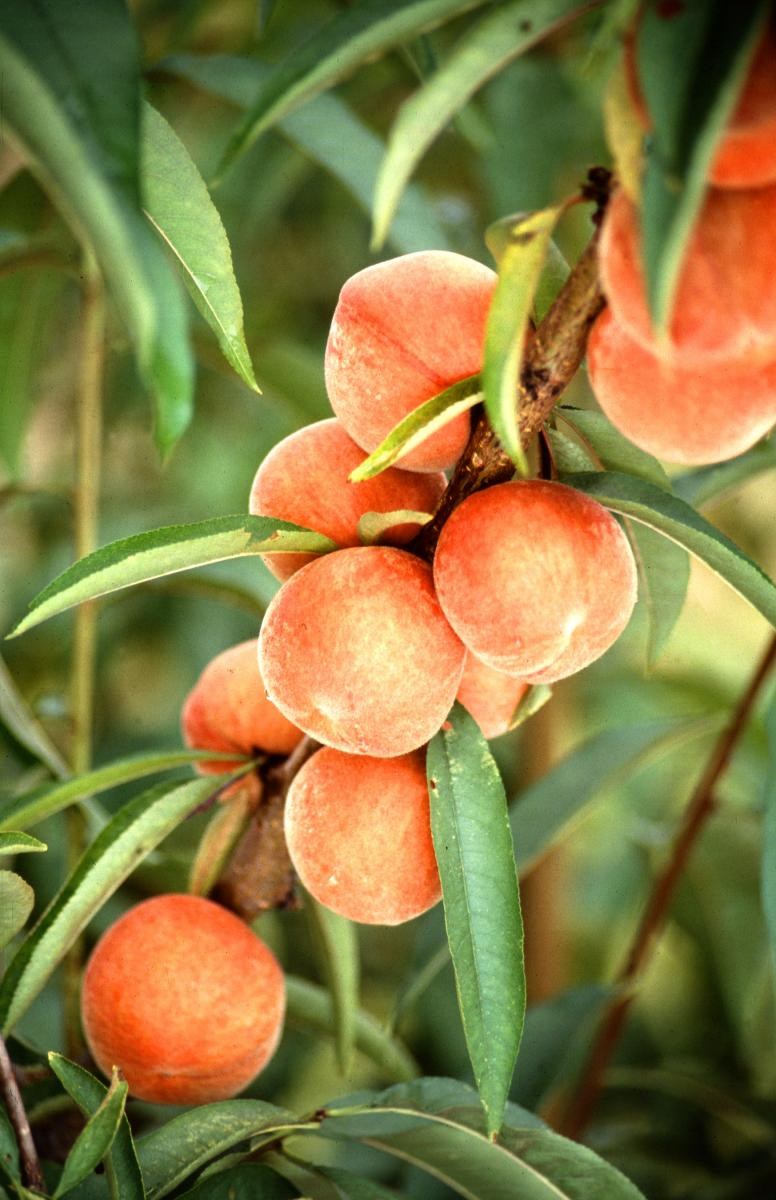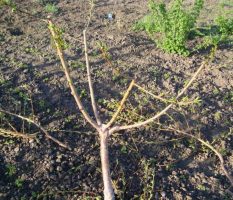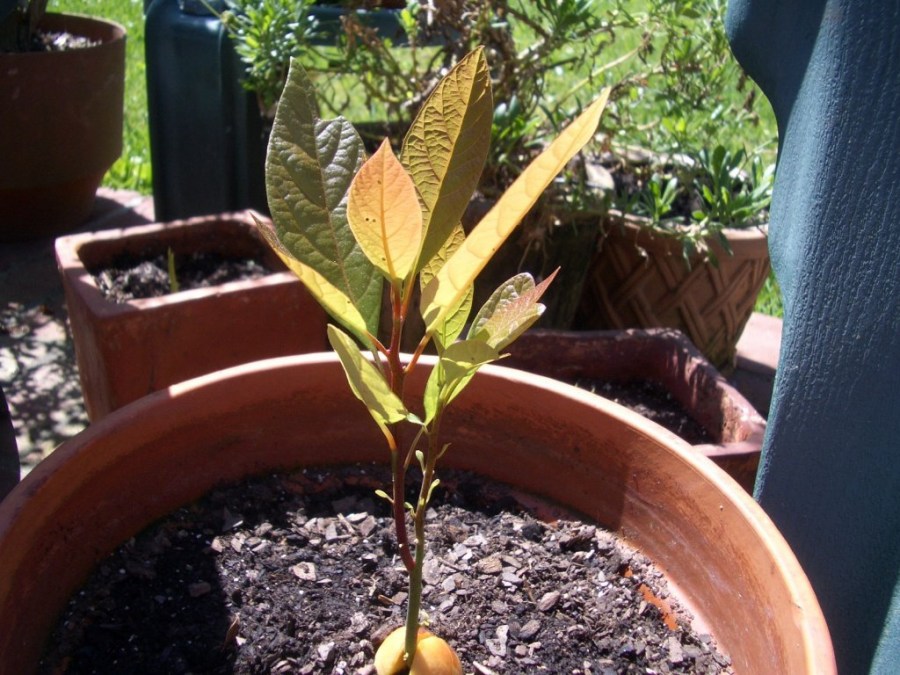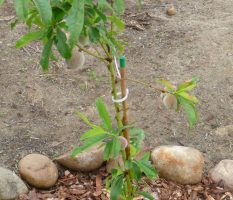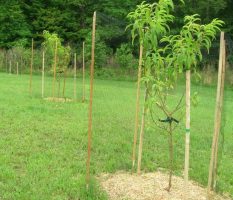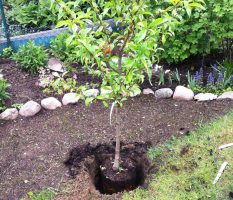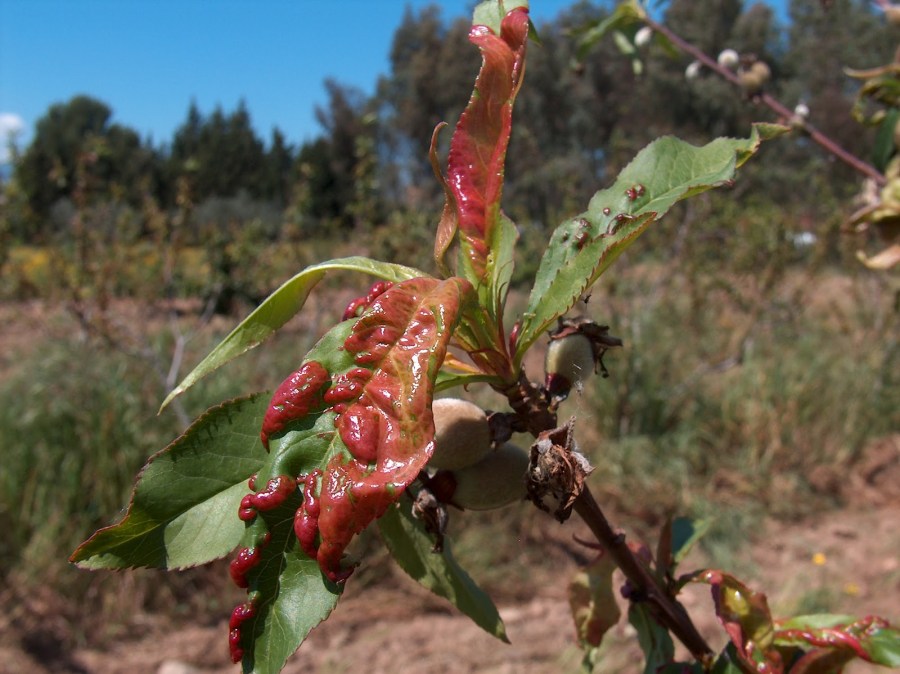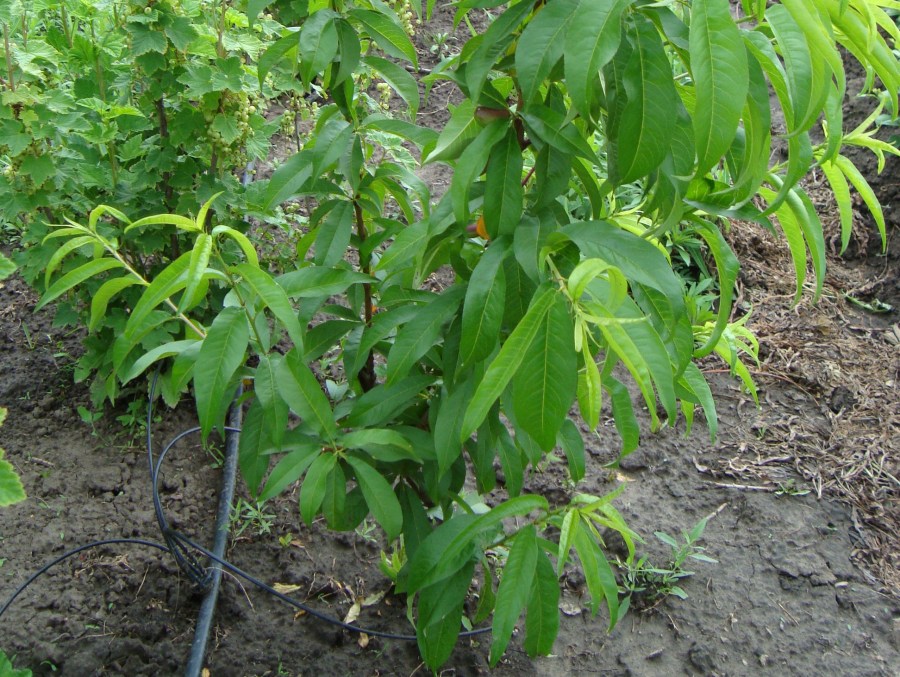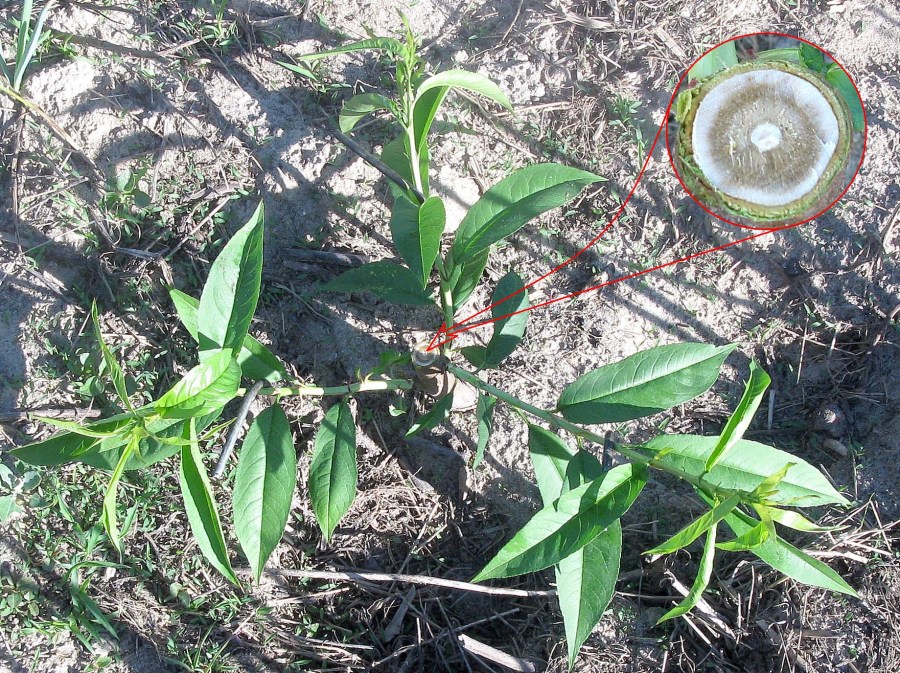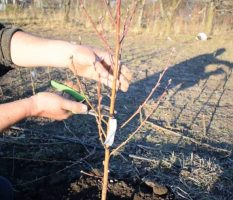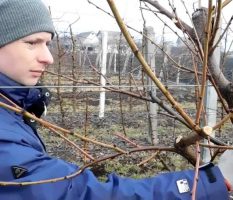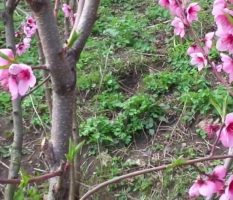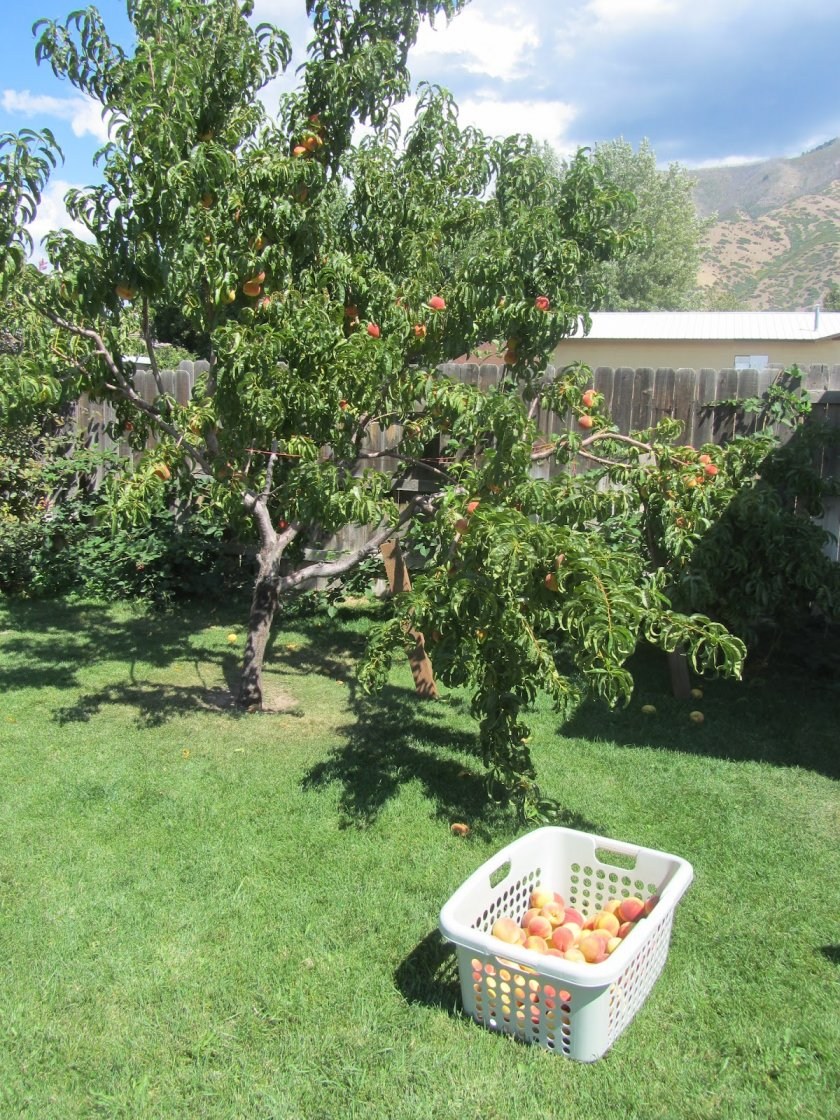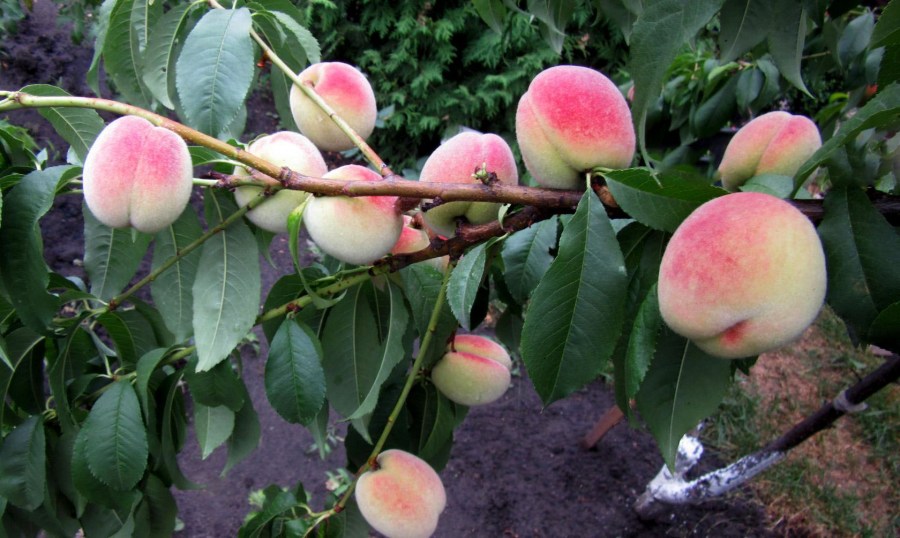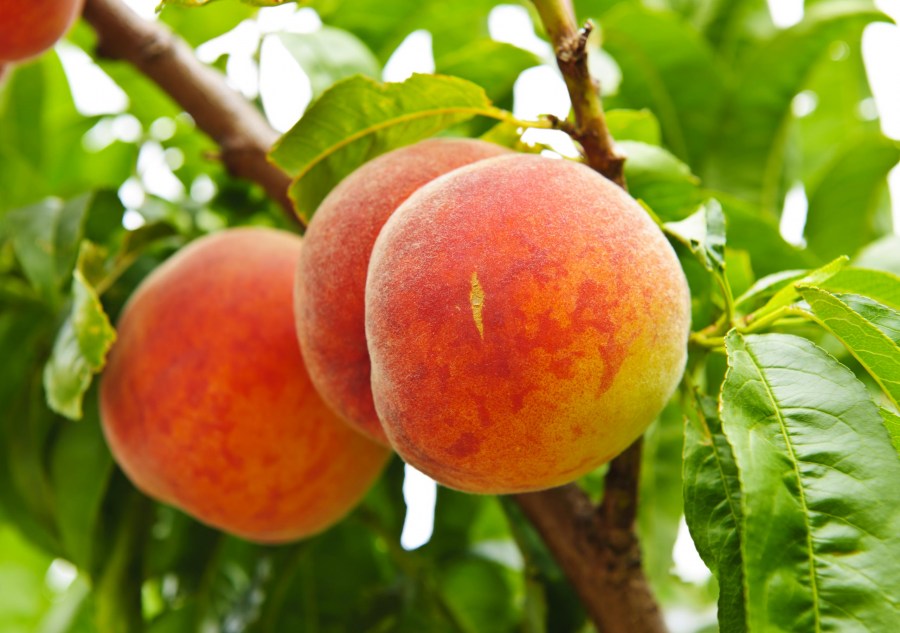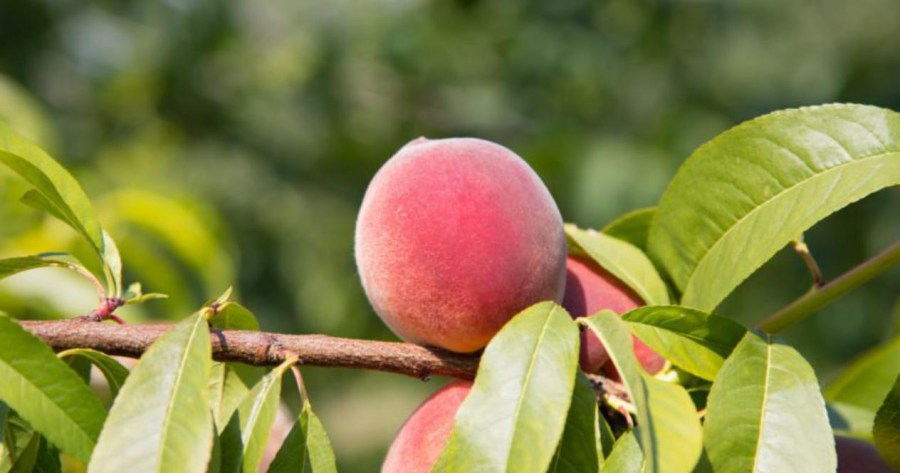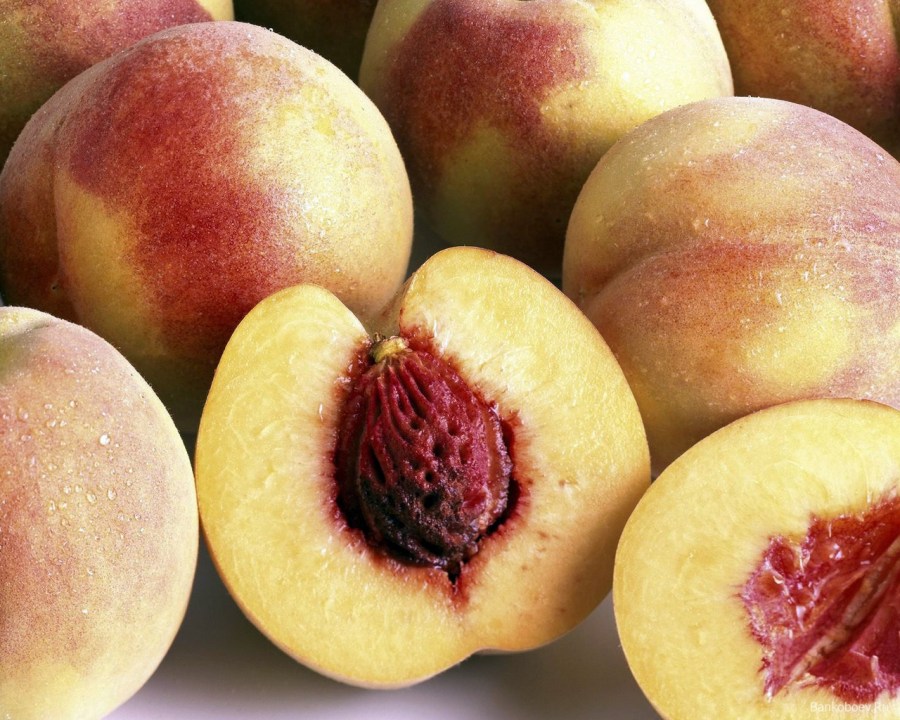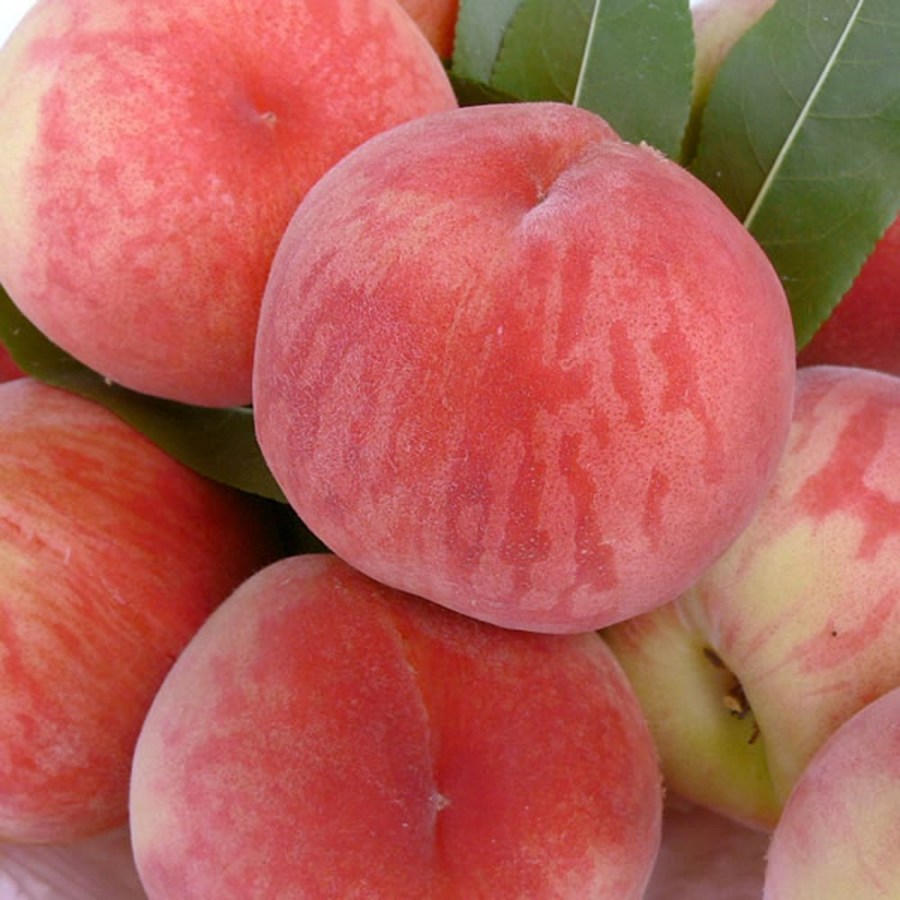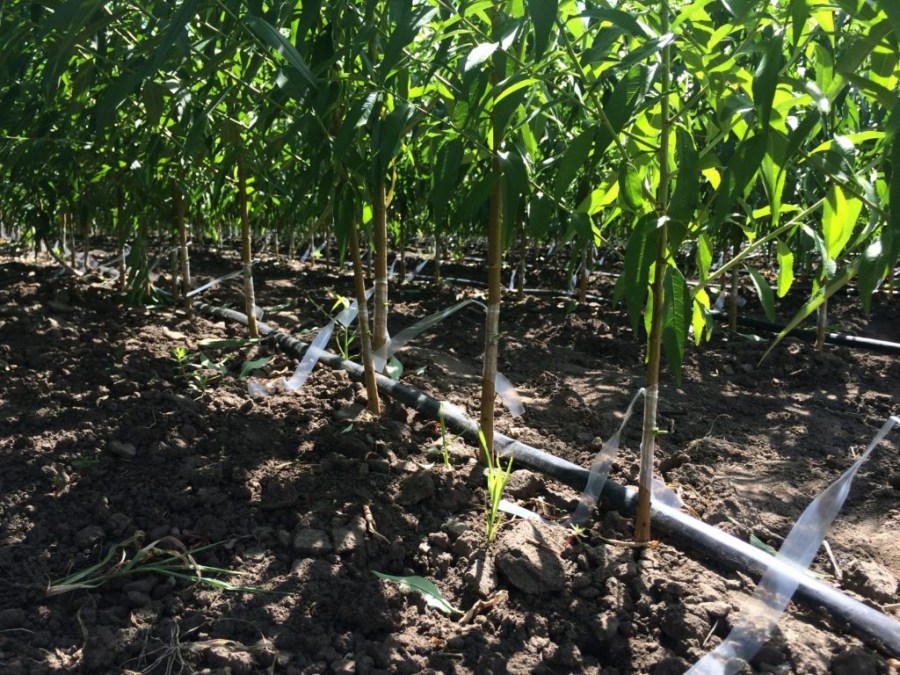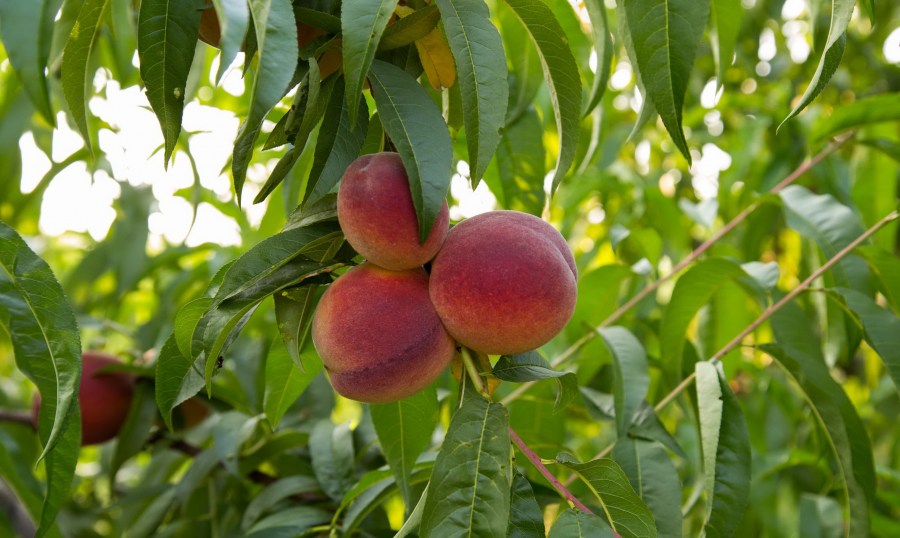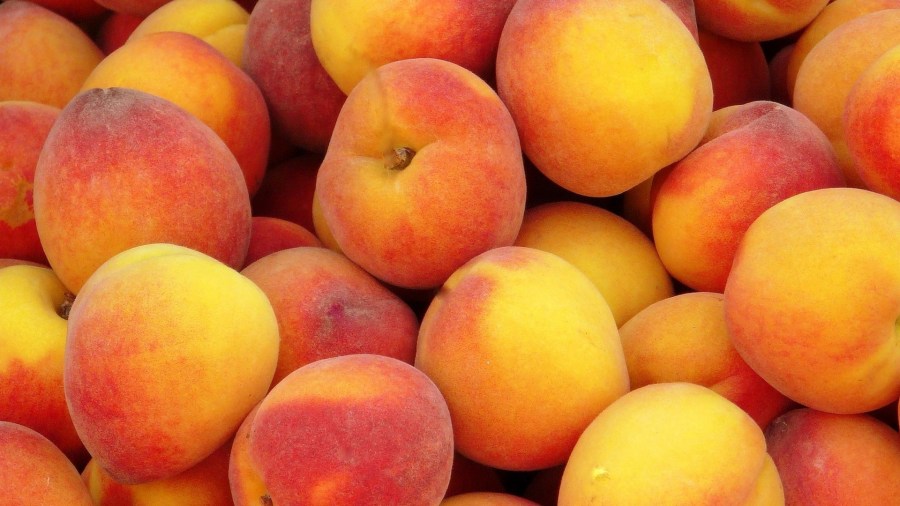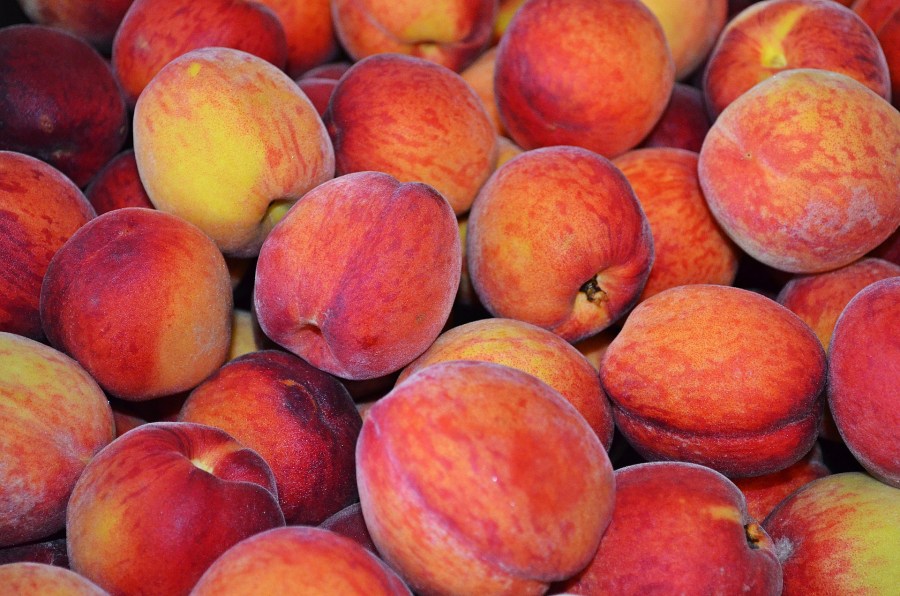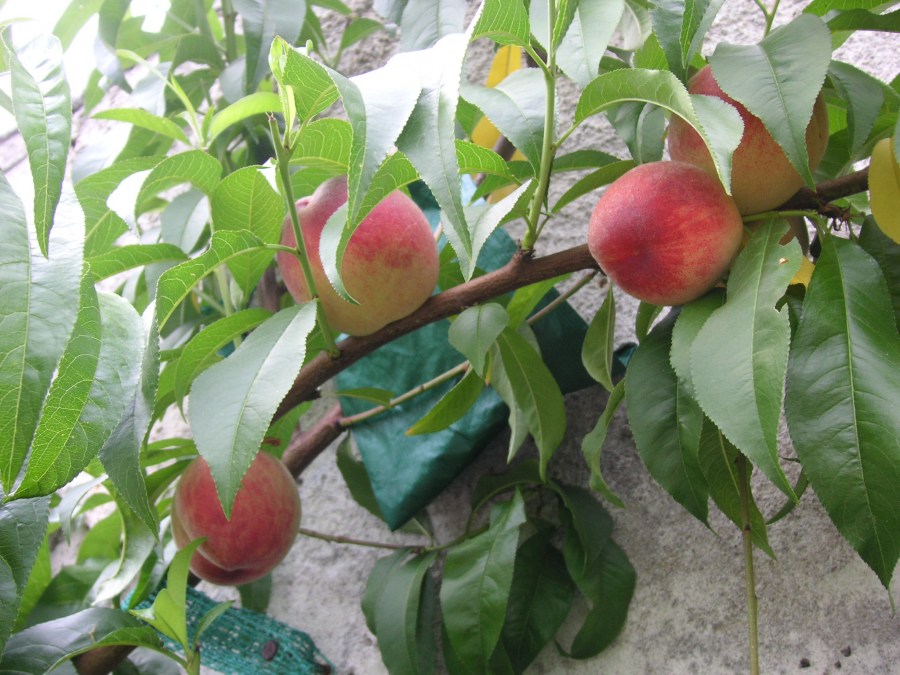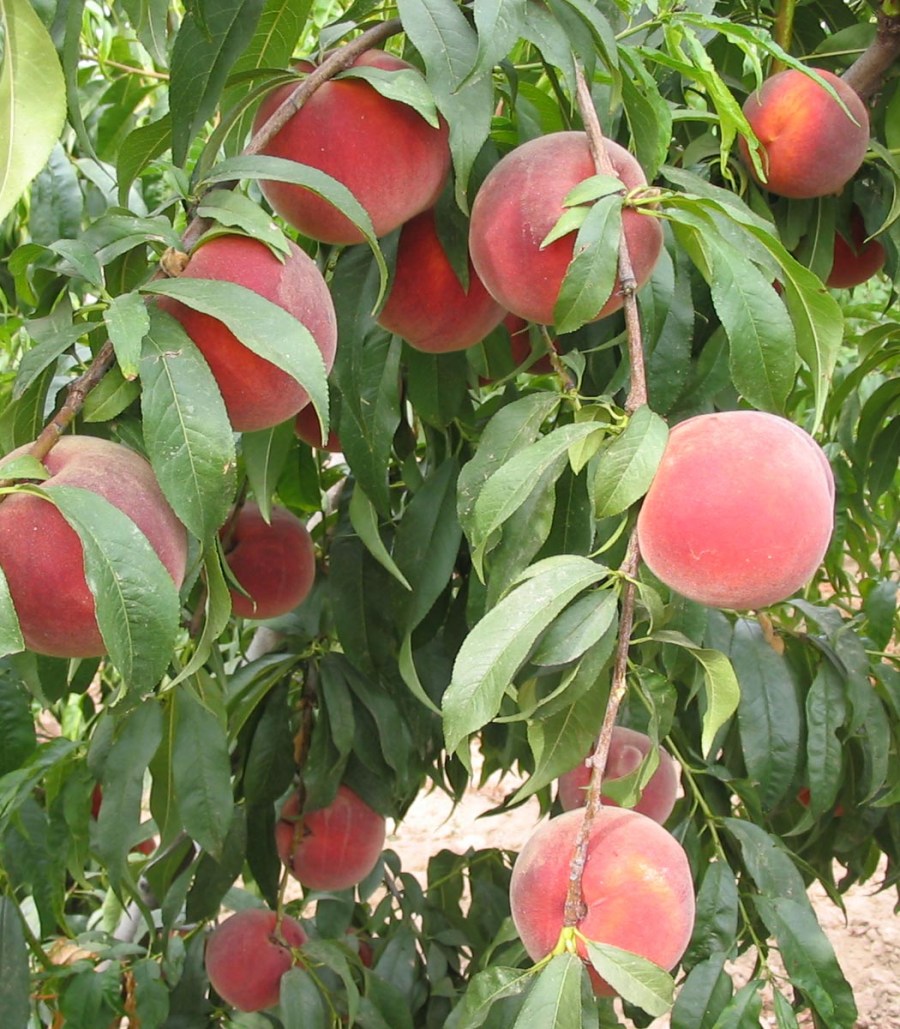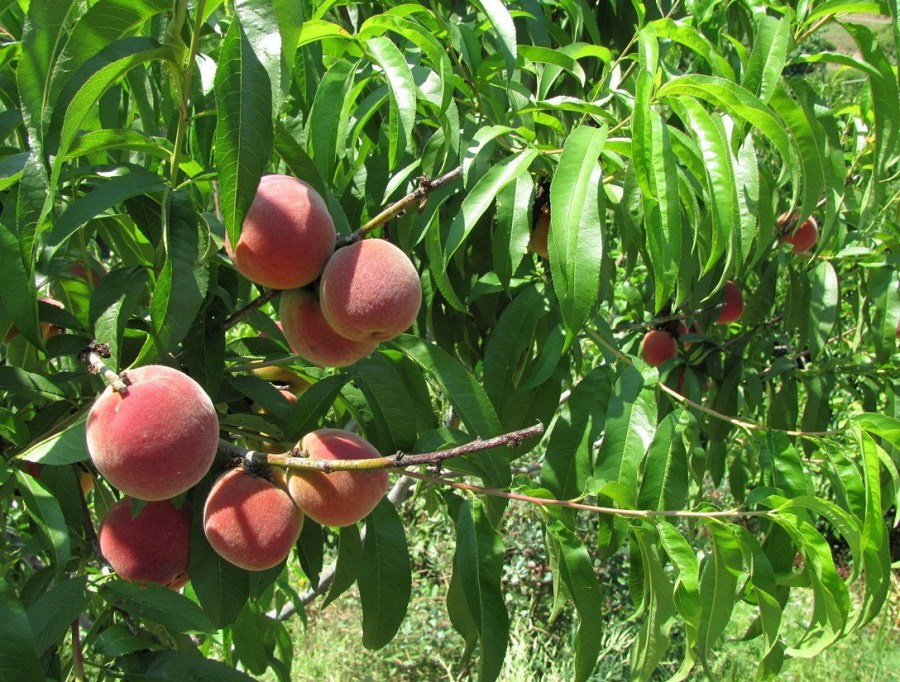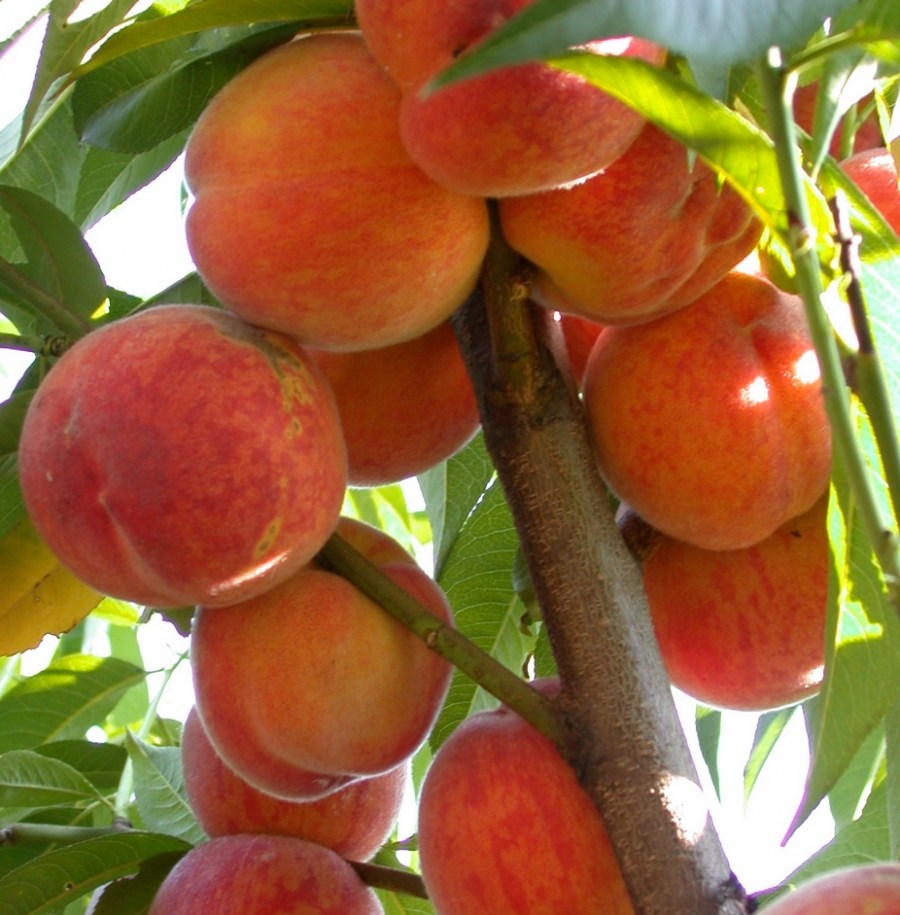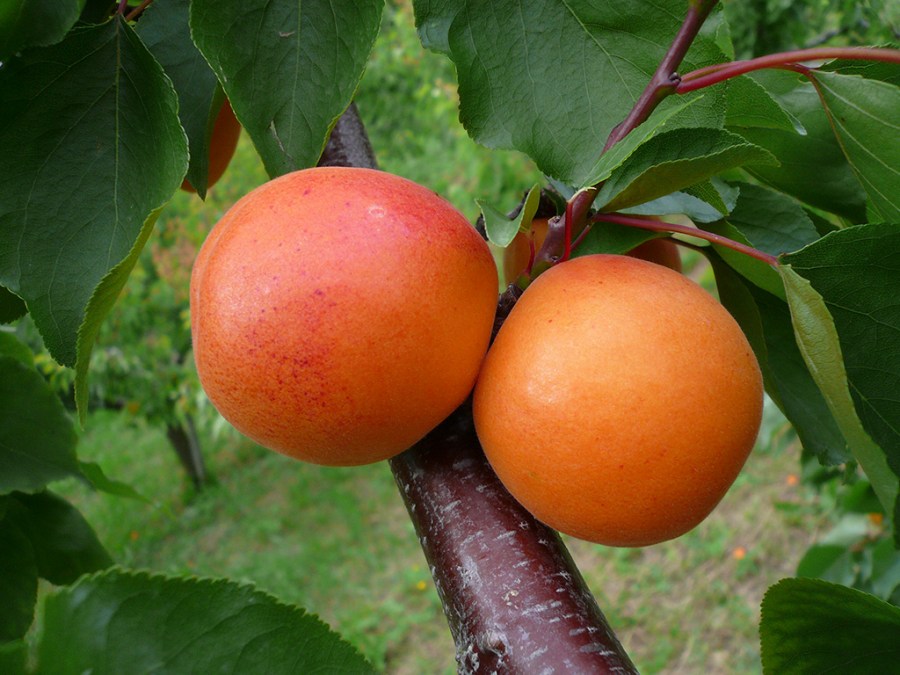Peach - popular varieties. Recommendations: planting, care, growing at home (80 photos of a tree)
Peach is a favorite fruit of millions of people. In addition to the extraordinary taste and alluring aroma, the fruits have many useful vitamins and minerals, so necessary for the human body. Experienced gardeners know that the culture is rather capricious, afraid of low temperatures and does not tolerate neglect of itself.
This article will discuss the main nuances that a summer resident may encounter when planting a peach, provides recommendations on the proper care and maintenance of the crop in open ground.
What are peaches
You can divide the culture into early ripe, mid-ripening and late varieties. Each of the varieties has its advantages and disadvantages. For example, early ripe peaches begin to bloom in May, the fruiting phase begins 4 years after planting, the trees are characterized by high productivity.
The disadvantages of early ripening crops include low mobility and high susceptibility to disease. Trees of medium maturity are pleased with high frost resistance and large fruit sizes.
Among the negative aspects is that these varieties do not tolerate return frosts. Late peaches are most frost-resistant, but begin to bear fruit at least 5 years after planting.
The choice of peach varieties is best done based on the climate. The most popular representatives of their kind are:
- Frost
- American Fury
- Siberian;
- Saturn;
- White Swan;
- Redhaven.
Basic care recommendations
The tree will delight its owner with a plentiful harvest, if properly looked after. Gardeners recommend annually feeding peaches in early or mid spring. Nitrogen fertilizers or ammonium nitrate are perfect for these purposes.
Watering must be done before flowering, no later than 10 days. A couple of weeks before the intended fruit removal, it is extremely undesirable to moisten the soil, this can negatively affect the quality of the crop.
It is desirable to treat a specific disease using a separate chemical substance, while not forgetting to use protection: gloves, a mask, closed clothing.
Perhaps these are the main recommendations regarding how to grow a peach. Proper care is the key to growing a tree.
How to plant a peach tree
It is better to purchase seedlings in specialized nurseries in which employees can provide all the necessary certificates and documents. Gardeners prefer to choose annual seedlings. They are easier to take root and have greater frost resistance.
Landing time is directly dependent on the climate zone. Residents of the northern regions planted culture in the spring. If your site is located closer to the south, it is advisable to do landing in the fall. This approach ensures that the seedling is as strong as possible and will take root before the onset of the first cold weather.
Peach trees are planted in pre-dug pits, 50x50 cm in size. At the bottom of the pit, fertile soil is poured into which the seedling is placed. The root system should be smoothed as much as possible, after which the tree should be covered with soil.
It is desirable to seal the trunk circle in the direction from the edges to the center. The final stage will be watering with several buckets of water and fertilizing with a layer of rotted manure.
How to select seeds for planting
To grow a peach in our climate is not an easy task.The tree is thermophilic and does not tolerate extremely low temperatures. Owners of personal plots and cottages most often grow peach from seed. But here you need to understand, it is unlikely that the variety that you liked so much will grow. The seedling of a similar fruit has a very low likelihood of recurrence.
It is better to sow seeds immediately, without allowing them to dry. Landing on the territory of the site, which is as much as possible protected from cold wind and drafts.
Experienced gardeners recommend sowing seeds in the cold season, approximately in November.
Fertile soil is placed in the dug trench, the bones are placed to a depth of 7 cm. It is important to consider the distance between seedlings, ideally equal to 20 cm from each other. After the main work, the landing site is abundantly filled with water and insulated with humus and sawdust for the cold season.
What are peaches sick?
Peach is a rather capricious and demanding plant. It is this culture that is often exposed to various diseases. This can be caused by improper care or too cold climate.
Among the most common, the following peach diseases are distinguished:
- klyasterosporiosis - the leaves of the plant are affected by light brown spots, which contributes to their drying and loss, the fruits darken and crust;
- curly leaves - leaves become reddish in color, their surface becomes uneven, slightly wavy;
- powdery mildew - a white coating forms on the fruits, the leaves are significantly deformed and fall off over time;
- stone fruit moniliosis - photos of peaches indicate that flowers, leaves, fruits turn brown and gradually dry out, the flesh of the fruit acquires an unattractive brownish tint;
- fruit rot - develops directly on fruits that are affected by dots of a light gray hue.
How to prune a peach
Peach pruning is a traditional technique in tree care. It is used to increase the fertility of the culture. The procedure is recommended to be carried out in early spring, immediately before flowering. Peach painfully responds to branch removal, so pruning is best done with a sanitized tool.
Bordeaux mixture is perfect for disinfecting equipment. The annual seedling is given a vase shape, shortened 20 cm above the preferred length of the stem. In general, shortening is carried out at a height of about 60 cm. Growth is shortened by no more than 10 cm.
Preparation for winter
As mentioned earlier, peach is a thermophilic plant that does not tolerate low temperatures. Therefore, many gardeners are interested in the question of how to cover a peach for the winter. There is nothing complicated in this procedure, it is enough to take into account some nuances and follow the recommendations.
With the onset of the cold season, the ground next to the tree must be mulched. As a heater, fallen leaves, humus, sawdust or straw are suitable. The resulting mixture is placed at the base of the tree.
The peach trunk is better insulated with burlap, securing it with a twine or fishing line. If winter promises to be harsh, you need to think about more serious measures of warming.
So, around a tree, a frame made of metal or wood is installed, after which it is covered with a film or roofing material. Such a measure will protect the tree from the negative effects of low temperatures.
Peach photo
House with panoramic windows - 120 photos of the best projects for a country house
Grounding in a private house (80 photos) + a diagram with instructions on how to do it yourself
DIY mailbox: instructions from 65 photos how to do it right
Join the discussion:



